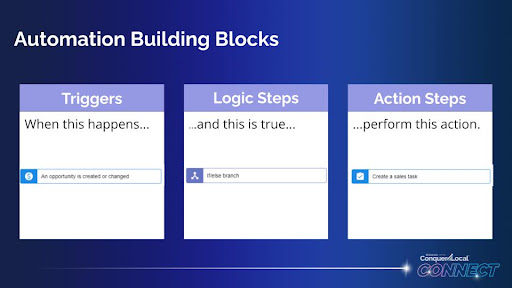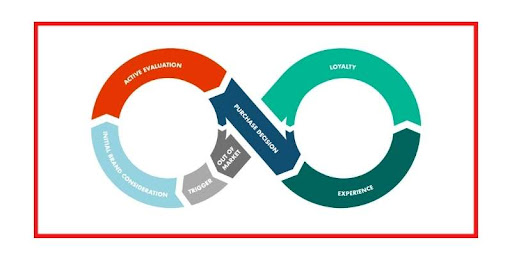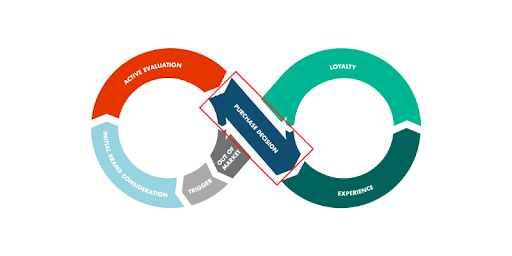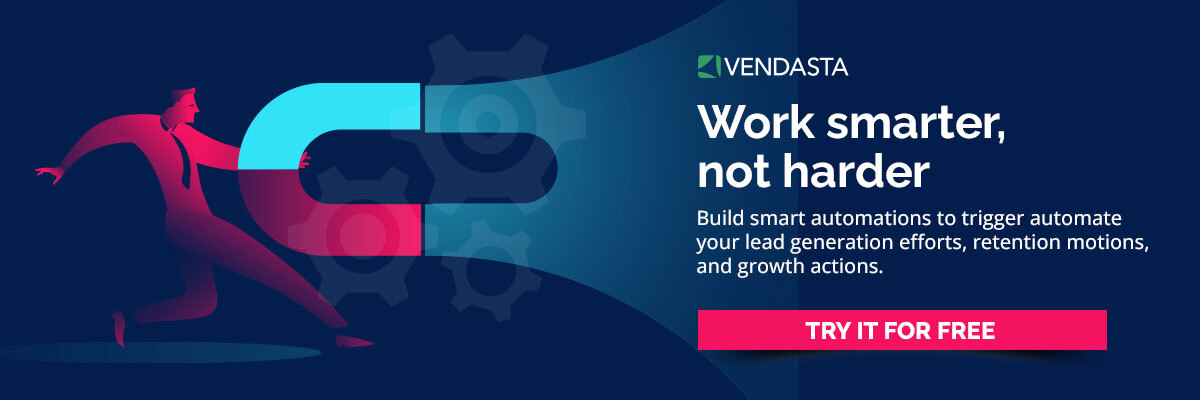Using business process automation to reduce administrative work
It’s easy to feel like you’re being consumed by the tedious tasks that take your focus away from building the relationships that really move the needle for your business. Alarmingly, business process automation statistics indicate that 76 percent of workers spend up to three hours a day on data entry. Conversely the same percentage say they spend fewer than 3 hours a week on strategic work (Zapier).
How can automation make your agency more efficient and productive? Download “Agency Marketing Through Automation” to find out.
Your local business clients rely on your guidance and expertise to succeed in the digital world. What happens when you’re more worried about making sure a client is billed on time or that new prospect is receiving the right resources they need to learn about how your business can serve them? You could be spending too much time on admin work.
Business process automation could be the answer.
Process automation solutions give you the ability to set up automated workflows that trigger on a single action, ushering customers and prospects along the different stages of the buyer’s journey. With simple tasks like billing and email marketing taken care of automatically, you can spend more time selling and nurturing clients that rely on your expertise to run their businesses.
What is business process automation?
Automation is a term for technology applications where human input is minimized. This includes business process automation (BPA), IT automation, marketing automation, sales automation, and more (IBM).
What is marketing automation? Marketing automation is a term used to describe digital solutions that help businesses consolidate their process for marketing communications using a series of automatic triggers and tasks. Marketing automation often involves activities like email marketing, customer segmentation, and data management.
The importance of spending more time helping local businesses
Incredibly, less than 60 percent of our time spent working is actually productive (Atlassian). By using automations, we’re letting technology take over where human error and manual toil can slow us down. It’s a change you can fully embrace and run with… all the way to the bank.
According to Altassian, businesses lose up to $4,100 a year per employee due to poorly written communication alone—A costly mistake if you’re in the process of growing your business and building your team.
Business process automation can help you increase your email marketing efforts, help with lead management, improve your ability to target and personalize your marketing messaging to prospects and customers, as well as scale repetitive tasks that wear down your team.
The building blocks of business process automation
In the Vendasta ecosystem, there are four primary building blocks you can use to build an automation:
- Triggers: These represent an event or opportunity such as a customer raising their hand to find out more about a free trial by filling out a form on your website.
- Logic steps: These represent the next step in the journey. Using logic steps, you could separate prospects based on their actions. If you have one group that has engaged with a “get started” email campaign for your free trial and a second group that hasn’t engaged, you can send them down two different paths and experiences.
- Action steps: Finally the action step is the result of that customer's interactions. If they have interacted with your email campaign, you can activate products for them to begin using. For the customers who didn’t continue to interact, you can choose to end the automation or even send them down another email campaign that warms them up a bit more. This allows them to continue learning about your brand until they are ready to make a purchase.
- Conditions: These can be added to any trigger. Conditions allow you to get even more granular with the actions that occur in your automations. Conditions create multiple branching paths in your logic steps.
“I find that if you use natural language when you are trying to build out your automations, it’s going to make the “how do I build this?” step much more clear,” says Jon Neher, product marketing manager at Vendasta.
See the natural language examples below to prepare for building automation workflows:
- When an account is added to a list and its location is Alabama, send an email campaign
- When a task status is changed and active products do not include Social Marketing, create an opportunity
- When a product is activated, and this product has been activated 5x by any account, notify a salesperson
- When an opportunity is created, after 14 days have passed create a sales task
How to structure automations to boost productivity
Neher recommends viewing your automation builds in two distinct buckets: full journey automations and segmented section automations.
Full journey business process automations
Automating the full customer journey gives businesses great insight into how their customers are interacting with their marketing and solutions. The drawbacks to setting up this type of automation are that they can be tougher to adjust if changes need to be made, and messaging also can’t be as personalized. That’s because more complicated automations are meant to serve a range of different customers.
Segmented business process automations
By focusing automation workflows on a segmented section of the customer journey, you may not be getting as complete of a picture with how your customers are interacting with your brand. However, you will have a greater ability to be flexible. You’ll be able to customize these automations to create more personalized experiences for your customers and prospects.
Full journey business process automations can make sense for relationships that are lower intent or represent a lower value to your business. Segmented automations make more sense for higher-value or high-touch client relationships where a certain level of customization is required to superserve that account.
Vendasta’s process automation solution
The Vendasta platform comes with built-in automations, so partners can better manage their pipelines, reduce administrative toil, set up their email marketing campaigns, and even automatically trigger order fulfillment without ever having to take a single action.
Automation can be a productivity game changer for how you run your business. However, if you’re new to workflow automation, Vendasta offers pre-built automations you can activate and begin using right away or customize to suit your client’s needs.





